"Varangians" go to the Far East
14 August, two weeks ago, a new Chinese aircraft carrier, which is often called by its former Russian name Varyag, successfully returned to the port of Dalian from its first sea voyage. This day is not for nothing fell on Sunday. The Soviet, and then the Ukrainian ship, which was once threatened with premature death due to the mismanagement and the short-sightedness of its original owners, resurrected before our eyes. As the Chinese popular wisdom says, the secret becomes clear - the economic growth of the Celestial Empire is gradually turning into a build-up of military power. China is becoming a new maritime power, to the characteristics of which soon, it seems, the definition of “great” will be added.
Aircraft carriers are in service with very few powers. Most of them in the United States - as many as eleven and one more on the stocks. Then come France, Russia, Great Britain, Spain, Italy and India. These are very expensive ships, both in construction and in operation. For example, the Indian aircraft carrier Virat is an outdated British ship Hermes, built back in the 1953 year and acquired for a symbolic amount of the 1986.
The Brazilians acted in the same way, having bought the French aircraft carrier Foch, which was “written off” in old age, at one time. Italian and Spanish ships of this class - simply speaking, "kids", designed to rather maintain the reputation of maritime powers, and not seriously affect the balance of power in the oceans.
Britain, too, has long lost the status of the mistress of the seas. It is even inferior to Russia, which survived a serious systemic crisis after the collapse of the USSR and having the same type of aircraft carrier in the Northern Fleet with the Chinese Varyag aircraft carrier Admiral Kuznetsov. Of the three aircraft carriers of Her Majesty, available during the Cold War era, only one remained in the ranks - the Illastries. But this remnant of the outgoing Cold War era cannot be considered a modern warship - its displacement is thousands of tons of 22, and it is armed with vertical take-off and landing aircraft, and not full-fledged carrier-based fighters and bombers.
If the conflict with Argentina over the Falkland Islands did not happen in 1982, but today, the British would no longer be able to regain these territories in the Atlantic. Simply put, they do not have an aircraft carrier available to cover the landing of an assault force from the sea. And at the beginning of 80-x, this group survived in the fleet by chance. The British from the economy were just going to saw their aircraft carriers for scrap when the Argentines rushed to return the "original" land. On the remnants of the former greatness the fleet of compatriots Admiral Nelson and held his last victorious colonial war. If the Argentine dictator Leopoldo Galtieri showed a little more exposure, he would begin the invasion a year later, when Britain itself would have "drowned" its fleet, it would have been the winner and the most outstanding commander in stories of his country, who laid the “mistress of the seas" on the shoulder blades!
This example proves how important it is to have a fleet to solve geopolitical problems. The British principle, discovered at the end of the 17th century by Admiral Torrington, says: "Fleet in being". It means that a country with naval forces, by this very fact, is able to put pressure on rivals and achieve superiority over them, even without entering the war. The fleet is like a club. A man with a baton will always be able to easily agree with a man without a baton, as “agreed” the other day with Colonel Gaddafi, French President Nicolas Sarkozy, whose fleet has a full-fledged nuclear aircraft carrier Charles de Gaulle, brilliantly proving himself in a war against rich, but defenseless Libya.
It seems that China has fully realized this wisdom, to follow which modern Britain no longer has the strength. The commissioned Varyag was originally intended for the Soviet navy. It was laid in the 1985 year in Nikolaev at the Black Sea Shipbuilding Plant, and three years later it was launched. The ship was expected to be commissioned soon. But the collapse of the Soviet Union put an end to this project. The aircraft carrier, which at the time of the collapse of the USSR 67% readiness, was mothballed. At first, Ukraine and Russia have long shared it with violent passions and a showdown of relations. Then Moscow lost the unfinished aircraft carrier to Kiev. But the ship remained at the wall in Nikolaev. While the eloquent authors painted in boastful brochures for over-age children the former greatness of the fleet of Zaporizhzhya Cossacks in the times of Hetman Sahaidachny, Varyag was mournfully rusty. The "resurrected" Ukraine simply did not know what to do with this gift of fate.
In 1998, the only potential Ukrainian aircraft carrier was sold to the Chinese "tourist" company, Chong Lot Travel Egensi Limited, for a ridiculous amount of 20 million dollars. In fact, at the price of scrap metal. Not wanting to annoy world public opinion ahead of time, the Chinese declared that they were buying the former pride of the Soviet fleet in order to turn it ... into a floating entertainment center.
However, according to some sources, the “Chinese comrades” secretly acquired all the project documentation for this “floating city”. There is evidence that part of the Ukrainian specialists from the Black Sea Plant who traveled to numerous “business trips” migrated to the Far East.
If this is true, then it is difficult to condemn them. The current globally embroidered patriots who occupied Ukraine do not need a fleet. Their outlook in this area slowed down on the Cossack "seagulls" made of oak. And Nikolaev founded and turned into the center of shipbuilding Russian Empire hated by sharovarnik. It was in this city that the battleship Potemkin and the battleship Empress Maria and the Emperor Alexander the Third descended from the stocks of various shipyards. They also built most of the ships of the Black Sea Fleet right up to the Soviet Union type battleships that were laid before the Great Patriotic War.
Nikolaev experienced the heyday of 70 in the 20th century. Then the USSR returned to the World Ocean. All helicopter carriers and aircraft-carrying cruisers that entered service with the Soviet fleet were built at the Nikolaev Black Sea plant, which before the revolution was called Naval. What could the creators of "Varyag" do if they were left without work and hopes for the future? Let me remind you that today at the famous enterprise of 40 000 workers and engineers left from the power of 2000! It’s not something you’ll run to the Chinese, but even to the Colombian drug mafia “in hiring” you go - build submarines to transport cocaine!
Repeating the fate of the famous cruiser
To some extent, the aircraft carrier Varyag repeats the fate of the cruise of the same name, which became famous for the battle with the Japanese squadron in 1904 in Chemulpo. After the battle, the Russian ship was scuttled by his crew in the raid. The Japanese raised it after the war, rebuilt it and put it into its fleet under the name "Soya".
The new Varyag was not completed because of the sudden death of the USSR, but the Chinese brought it to mind, and it will serve in the same places as its heroic predecessor - in the Far East. The port of Dalian, in which an aircraft carrier originally from Nikolaev was commissioned, is the Russian port of Dalny near Port Arthur. The cruiser, plowing these waters a hundred years ago, also went into the Far-Dalian.
For some almost mystical reason, all the ships that bore the name Varyag were associated with the Far East. Here in the XIX century as part of the Pacific squadron served as the predecessor of the glorified cruiser - clipper "Varyag". Then the same name in the 60-e years of the XX century wore a Soviet cruiser. And as part of the current Pacific Fleet of Russia, there is also the missile cruiser Varyag. It was built in Ukrainian Nikolaev in the 1989 year and originally bore the name "Chervona Ukraine", and in 90 it was renamed "Varyag" and transferred to the Pacific Ocean. The Moscow cruiser of the same type with it is the flagship of the Russian Black Sea Fleet, and the exactly the same, but unfinished Ukraine, will rust in Nikolaev.
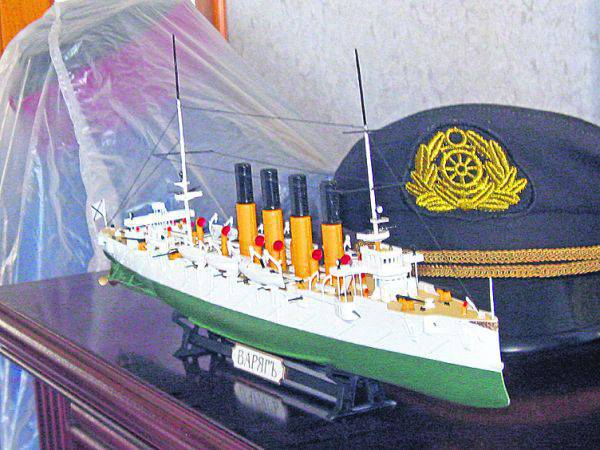
"Admiral Kuznetsov" - Russian brother of the Ukrainian-Chinese aircraft carrier
The heavy aircraft carrier cruiser Admiral Kuznetsov of the same type with Varyag is the flagship of the Northern Fleet of the Russian Federation. It was built on the same Black Sea plant in Nikolaev as the Varyag, and was commissioned in the 1990 year. Initially, the ship bore the name "Leonid Brezhnev", then - "Tbilisi", until it received the current name in honor of the famous Stalinist Commissar of the Navy. A week before the signing of the Bialowieza Agreement, which marked the collapse of the USSR, the aircraft carrier was secretly withdrawn from Sevastopol and went through the Bosphorus to Severomorsk around the whole of Europe. Relocating Kuznetsov was hardly an initiative of Yeltsin. The first president of Russia had a very limited outlook. The idea of transferring Kuznetsov to the north was born at the headquarters of the Black Sea Fleet, suspecting that soon, as in the 1918 year, endless discord would begin on the division of the allied naval forces. That is exactly what happened.
The ship has a displacement of 60 tons, a length of about 000 m, a speed of 300 knots, an economic range of 29 nautical miles, a crew of 8000, almost half of which are officers and contract soldiers, and the rest are military service men. Aviation ship group - 50 aircraft and helicopters. The disadvantages of aircraft carriers such as "Kuznetsov" include the lack of a nuclear power plant, which limits its cruising range, and insufficient size. Since the ship turned out to be too short for take-off deck aircraft, his nose was made in the form of a springboard bent up. This original solution eliminated the problem in principle, but does not give Russian pilots the opportunity to take off as fast as their American counterparts. Russia's plans for the future are the construction of several full-fledged nuclear strike aircraft carriers, if lack of funds does not hinder.
The current Russia is turning to China, like a hundred years ago
The Varyags, both Russian and Chinese, gathered in the Far East for good reason. The Pacific Ocean is gradually becoming the new Mediterranean, uniting world civilization. The Chinese economy ranked second in the world. Near India is developing rapidly. And, most importantly, everywhere is full of water for aircraft carriers. Following the introduction of the former Nikolaev miracle of Soviet technology, Beijing is planning to lay down three more similar ships, and use this one as a training ship.
There are plans for the development of its carrier fleet and Moscow. No wonder Putin drove across Siberia behind the wheel of a car. It was not so much an advertisement for Lada, as an attempt to show that the future of Russia in the Far East. Near China last year, a new Russian cosmodrome, called the Vostochny, was laid.
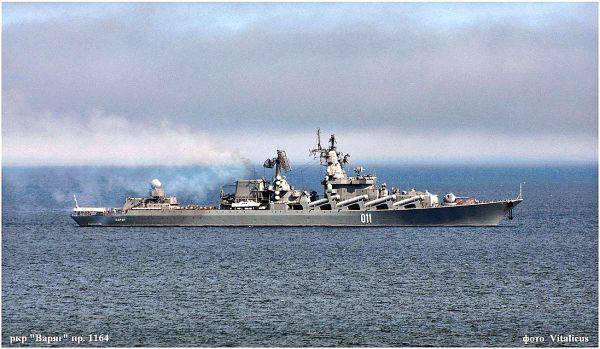
Military conflict between the two states is unlikely. Russia is no longer seeking to expand the territory, as it was at the end of the 19th century, when Admiral Dubasov’s squadron occupied Port Arthur, turning it into its base. On the one hand, present-day China has become the largest donor of labor for Russia. On the other hand, the Celestial Empire is very vulnerable to any nuclear strike. Giant megalopolises, in which the “brain” of modern China is concentrated, are easily destroyed by a missile strike. And then it will be possible to put a cross on the Chinese economic miracle for centuries - only a backward village will remain in the country.
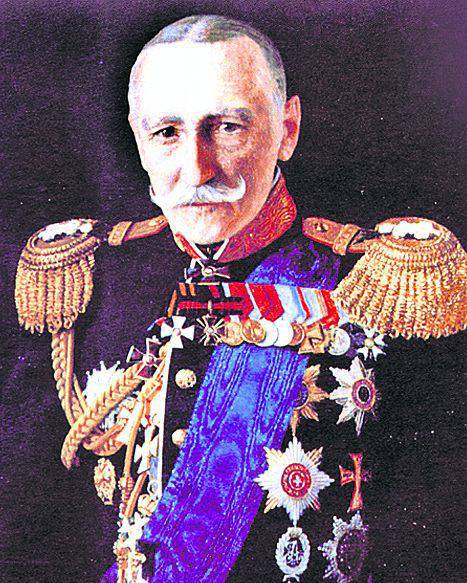
The Chinese leadership understands this well. In the 19th century, a corrupt Manchu dynasty could not resist the expansion of the West, which had unleashed several opium wars. The first half of the next century, China spent on endless strife. Now the power in the country is more stable than ever, and even Chinese women associated with the Mafia are hanged for the drug trade without mercy. The Chinese are well aware of the harm that Western “freedom” can bring, as expressed in the preaching of permissiveness and the right to destroy oneself with various murderous “pleasures”.
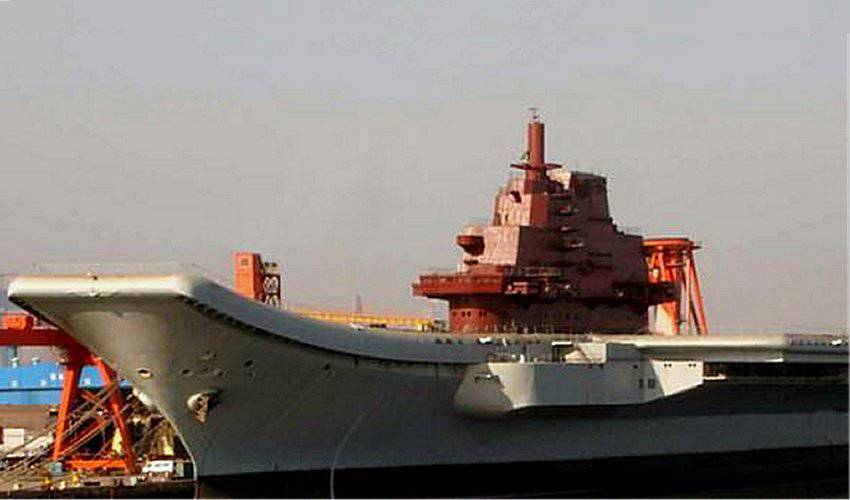
A big war is a cross in the Chinese future. But that it was not, you need to be strong enough. For this and needed aircraft carriers, sharpened, above all, against the omnipresent United States. If those ever want to bring "freedom" to China, as in the 19th century, the then "mistress of the seas", Great Britain, did it, the Celestial will have something to oppose to the "democratizers." In this sense, "Varyag", founded in Nikolaev, still played its positive role in preserving peace.
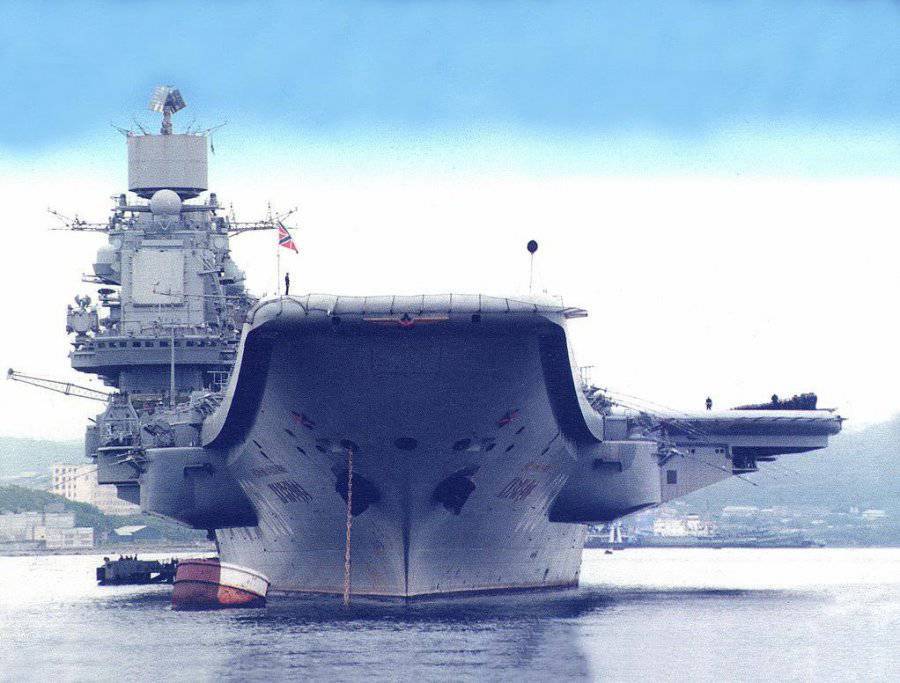
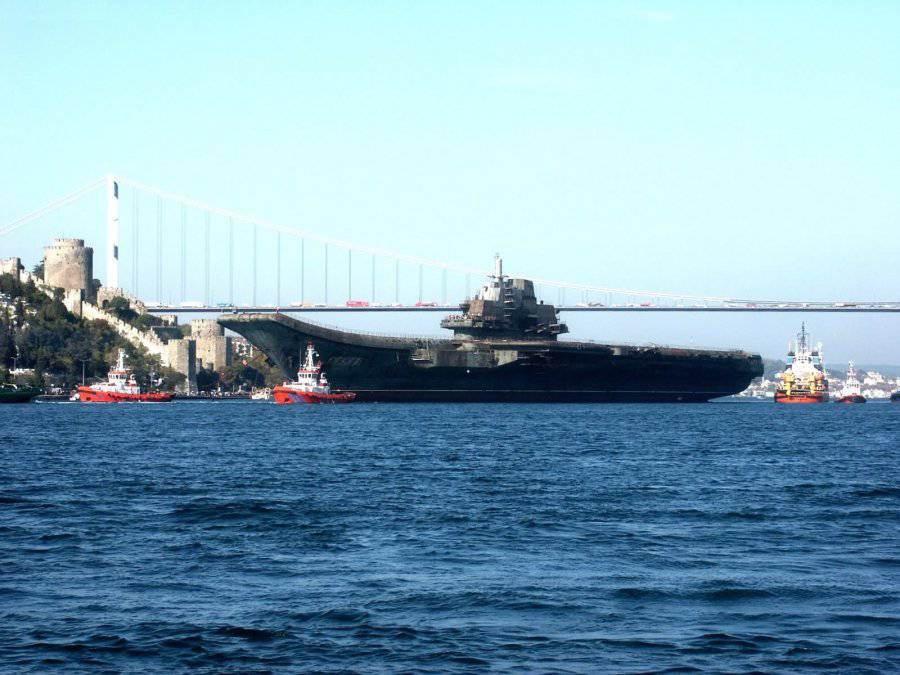
Information